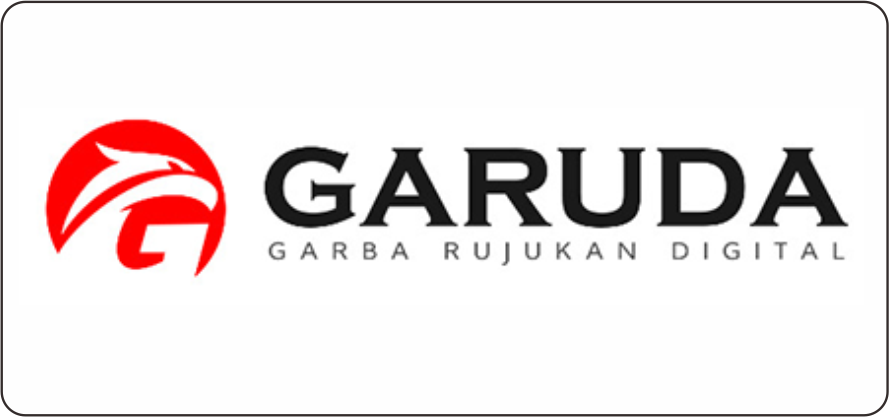IMPLEMENTATION OF AUGMENTED REALITY AND LINEAR CONGRUENTIAL GENERATOR ALGORITHM ON ANDROID-BASED ENERGY INTRODUCTION APPLICATION FOR ELEMENTARY SCHOOL STUDENTS
Abstract
Introduction to Energy is very important and needs to be known since childhood. Learning Energy Recognition by applying today's technology, namely Augmented Reality (AR) is a digital innovation that can help improve understanding and a more interactive experience. AR is an interactive technology that can display 2D objects into 3D or look like real. This research aims to develop an AR-based Android Mobile Learning application, especially "Introduction to Energy" for elementary school students, with a case study at SD N Jipang 05. The application development process follows the Waterfall method which includes planning, analysis, design, implementation, testing, and maintenance stages. The result of the research is an application called "Malgi - Let's Get to Know Energy," which utilizes AR and quizzes with the Linear Congruential Generator (LCG) algorithm to create random questions. Thi s application has been tested with various methods including using Black box testing with a percentage of achievement of 100%, White Box testing with a percentage of achievement of 100% and testing (UAT) based on the design aspect has a percentage result of 93%, based on the material aspect 100% and based on the use aspect has a result with a percentage of 100%, so the results can be categorized as feasible to use. With this application, it is expected that the introduction of energy will be more interesting and effective for elementary school students. The use of AR allows for a more interactive learning experience, while quizzes and the LCG algorithm ensure understanding of energy concepts. This application is expected to be an effective educational tool and support the developmen t of students' understanding from an early age.
References
Budianto, Heru, Tata Sutabri, and Ade Kurniawan. 2022. “Implementasi Algoritma Linear Congruent Method (LCM) Pada Media Pembelajaran Bagian- Bagian Bunga Berbasis Virtual Reality (VR).” Jurnal Nuansa Informatika 16.
Marha1, Thasya, Yunita Sari Siregar, Siti Sundari, Jurusan Teknik Informatika, Fakultas Teknik, Dan Komputer, Harapan Medan, and Jl Hm Joni. 2022. “IMPLEMENTASI GAME EDUKASI LINGKUNGAN DENGAN ALGORITMA LINEAR CONGRUENTIAL GENERATOR BERBASIS ANDROID.” Teknik Elektro Dan Informatika.
Nadia Firly. 2018. Create Your Own Android Application. Jakarta: Jakarta : Elex Media Komputindo.
Novitasari, Fifi, Yulia Djahir, and Siti Fatimah. 2015. “PENGARUH MEDIA ADOBE ILLUSTRATOR TERHADAP HASIL BELAJAR PESERTA DIDIK PADA MATA PELAJARAN EKONOMI DI SMA SRIJAYA NEGARA.” JURNAL PROFIT 2.
P, Milgran. 1994. “Mixed Reality ( MR ) Reality-Virtuality ( RV ) Continuum.” 2351:282–92.
Wahyudi, Riki, Hendra Handoko, and Syahputra Pasaribu. 2015. Perancangan Aplikasi Quiz Menggunakan Metode Pengacakan Linear Congruential Generator (LCG) Berbasis Android. Vol. 1.
Yuanta, Friendha. 2019. “Pengembangan Media Video Pembelajaran Ilmu Pengetahuan Sosial Pada Siswa Sekolah Dasar.” Trapsila : Jurnal Pendidikan Dasar 2:91–100.










